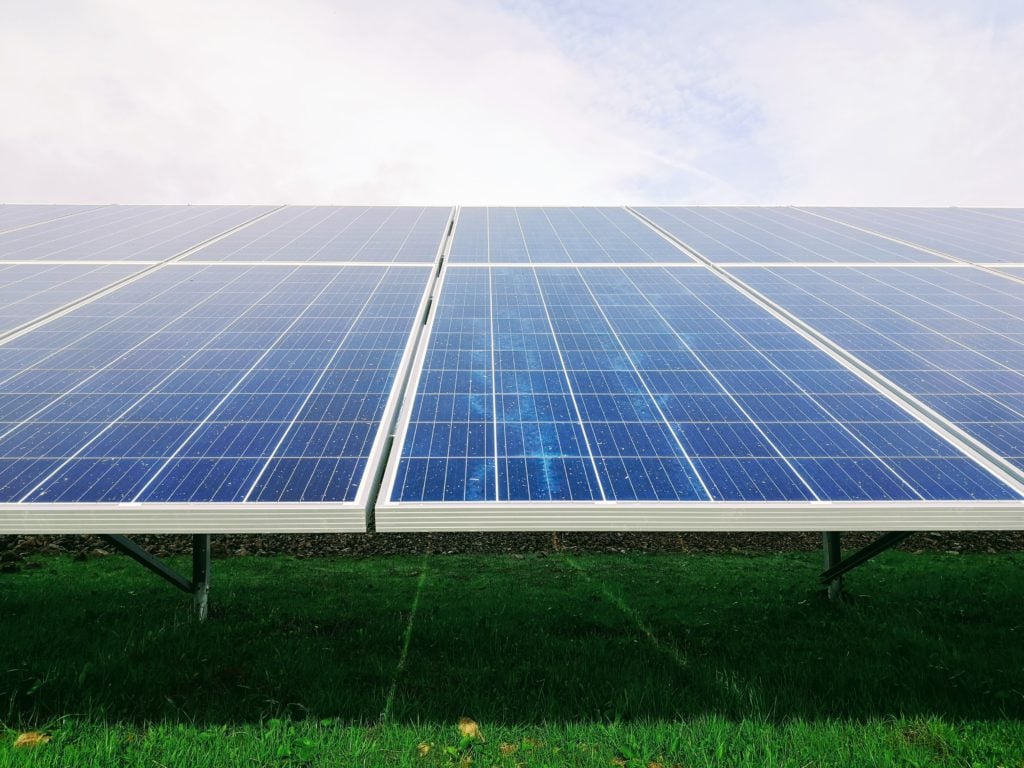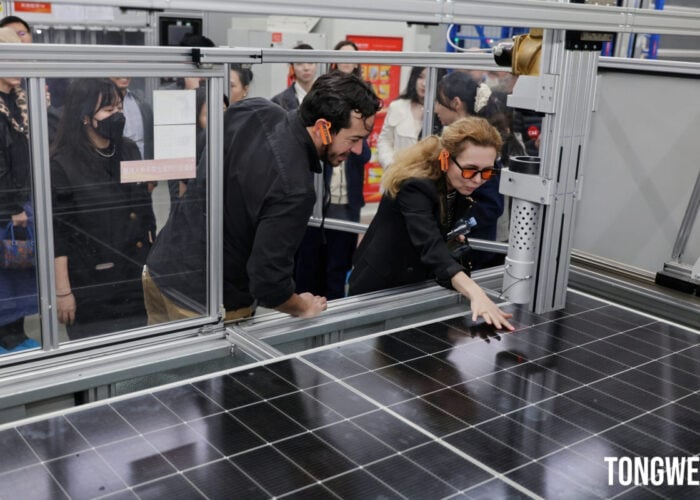
This week, several module distributors told PV Tech that they had received messages from suppliers indicating that some PV module manufacturers are considering increasing prices by approximately RMB0.02 to RMB0.03 (US$0.0027 to US$0.004) per watt.
The main driver behind this new round of price increases is the “Notice on Deepening the Market-oriented Reform of Renewables Feed-in Tariffs and Promoting High-quality Development of New Energy” (hereinafter referred to as the “Notice”) issued by the National Development and Reform Commission and the National Energy Administration on 9 February.
Try Premium for just $1
- Full premium access for the first month at only $1
- Converts to an annual rate after 30 days unless cancelled
- Cancel anytime during the trial period
Premium Benefits
- Expert industry analysis and interviews
- Digital access to PV Tech Power journal
- Exclusive event discounts
Or get the full Premium subscription right away
Or continue reading this article for free
The two ministries issued the Notice to deepen the market-oriented reform of renewables feed-in tariffs, pushing for the comprehensive marketisation of these tariffs. The Notice clearly proposes a “separation of old and new” policy, with new policies to be implemented for projects that are invested in, constructed, and grid-connected on or after 1 June this year.
The full marketisation of renewable feed-in tariffs means that the return on investment for renewable energy projects will change, which could affect the enthusiasm for investing in such projects.
“The issuance of the ‘Notice’ may impact power plant projects, for example, unstable return on investment and a decrease in the investment willingness among some investors, as the future market prices have not been determined yet,” said Xiang Lei, general manager of project development at solar developer Nanjusolar.
A potential installation boom
PV projects often generate excess electricity at noon and insufficient electricity in the evening, leading to significant fluctuations in feed-in tariffs. Some provinces have experienced negative electricity prices, which makes many investors wary of the marketisation of renewables feed-in tariffs.
In order to continue using the current power pricing mechanism, some companies might rush to install PV systems before 1 June 2025, potentially leading to a surge in demand and an increase in PV module prices.
The expectation of the ‘rush installation boom’ has fueled market expectations for module price increases, but opinions vary on whether the prices will indeed rise. As the price reduction trend of 2024 continues, some distributors are still promoting modules of multiple brands.
From the corporate perspective, second- and third-tier companies are all watching the moves of leading firms. Xiang Lei believes that whether prices will rise depends on the end-user demand, and one should not be overly optimistic.
Last week, the winning bids for the CGN New Energy Holdings 2025 Annual PV Module Equipment Framework Procurement Package 1 (Lots 2, 3, and 4) were announced, with winning prices ranging between RMB0.695 and RMB0.706 per watt.
According to data from TrendForce, in January of this year, the average winning bid price for n-type modules in China was about RMB0.696/W, a slight increase from the previous month.
Wood Mackenzie’s latest report ‘Four Trends to Watch in Global PV in 2025’ points out that the global PV manufacturing industry will endure a “cold winter” in 2024, and 2025 will be a year of returning to rationality. After two years of low module prices stemming from global overcapacity, it anticipates that module prices will rise in 2025 to compensate for the significant profit losses experienced by manufacturers over the past two years.






